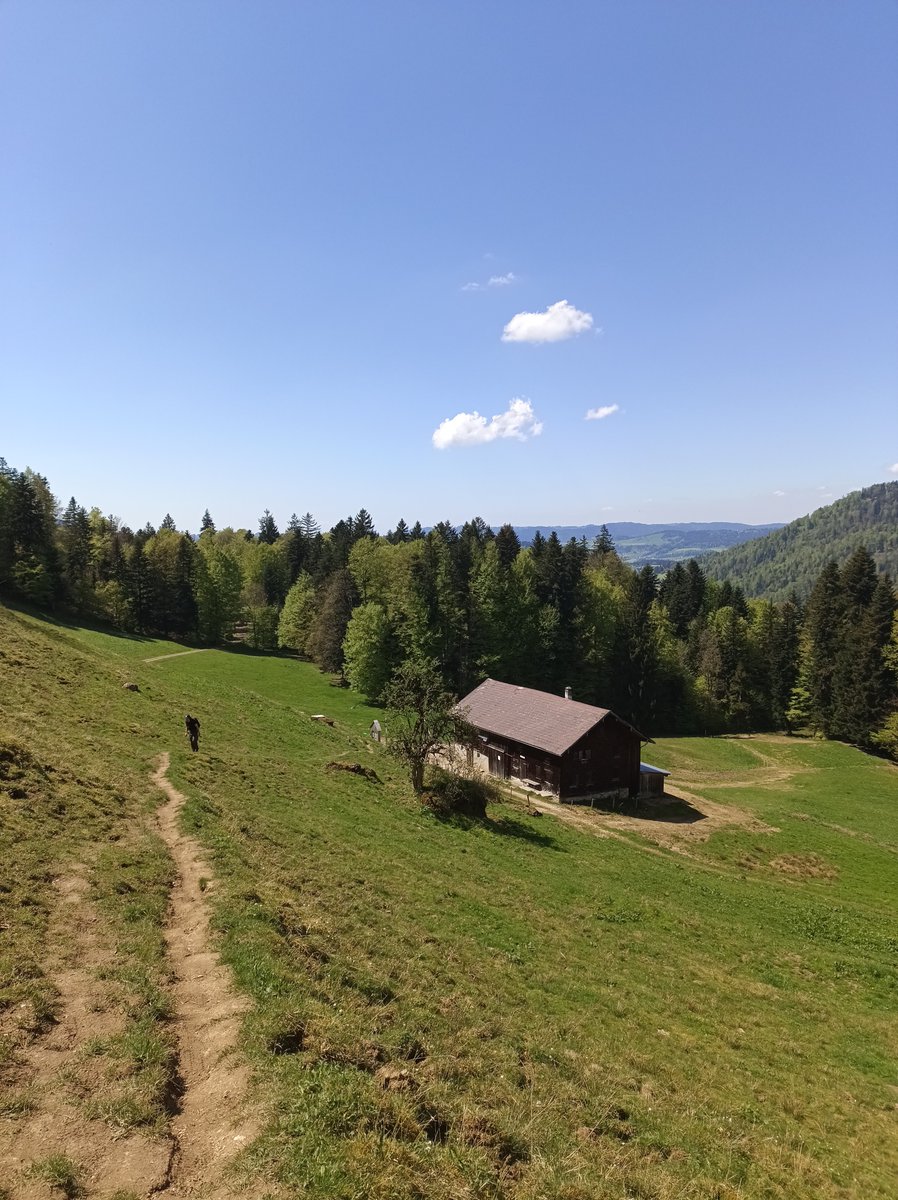The pest control industry profits from your endless battles with tiny creatures.
But smart gardeners don't fight pests - they recruit the predators that control them automatically.
Here's how to turn your garden into a self-regulating ecosystem: A THREAD 🧵
But smart gardeners don't fight pests - they recruit the predators that control them automatically.
Here's how to turn your garden into a self-regulating ecosystem: A THREAD 🧵
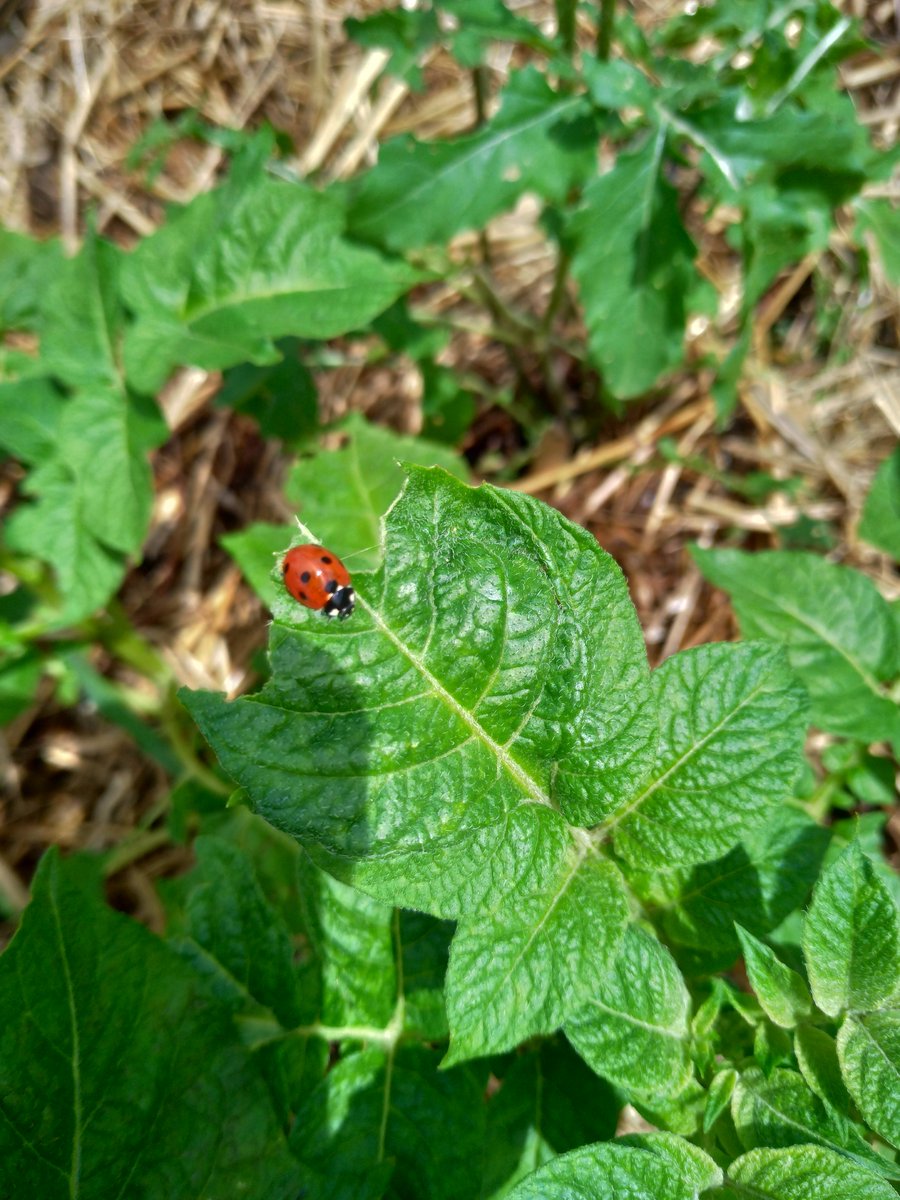
1. You don't have too many pests - you have too few predators.
Every pest has multiple natural enemies that would gladly control them for free. Pest outbreaks happen when predator populations are missing or insufficient. Focus on attracting beneficial creatures instead of killing harmful ones.
Change the question from "how do I kill pests?" to "how do I feed predators?"
Every pest has multiple natural enemies that would gladly control them for free. Pest outbreaks happen when predator populations are missing or insufficient. Focus on attracting beneficial creatures instead of killing harmful ones.
Change the question from "how do I kill pests?" to "how do I feed predators?"
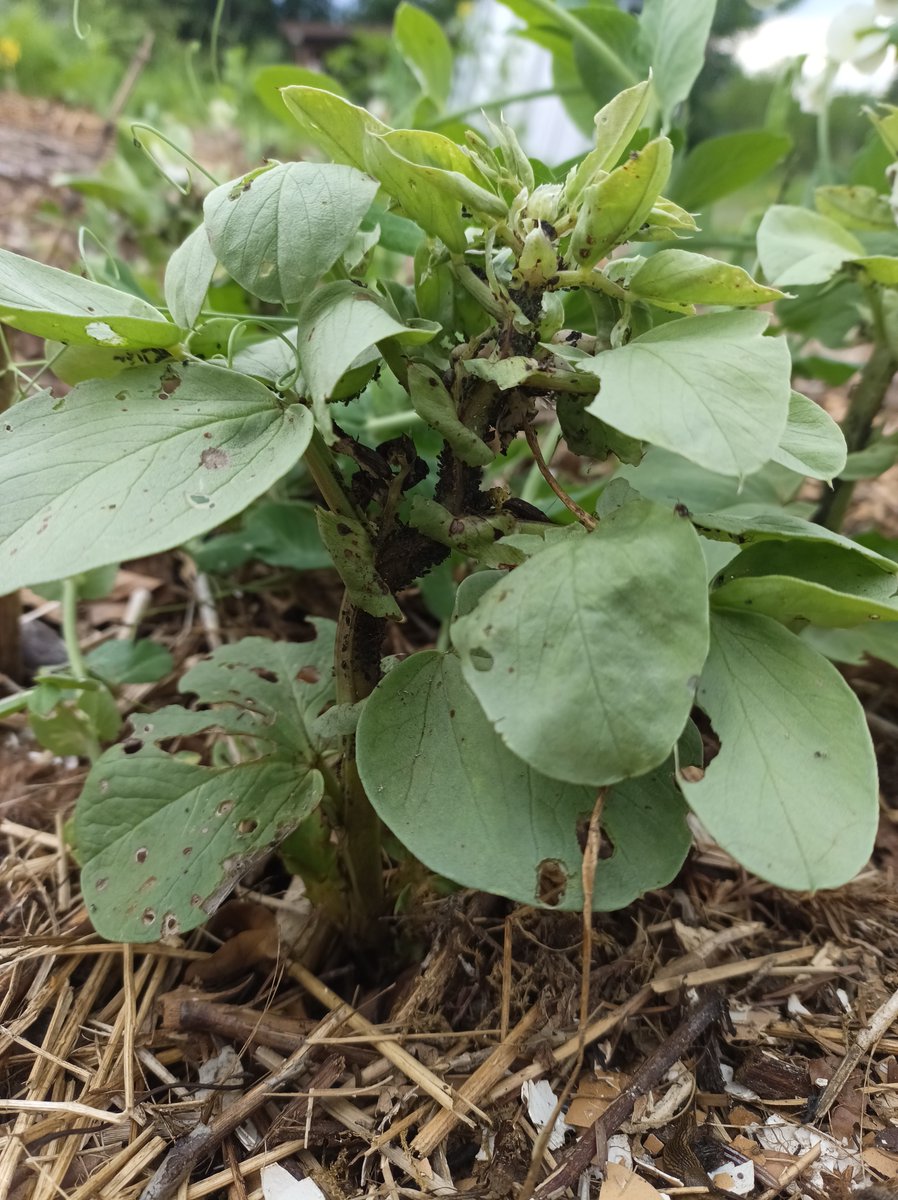
2. Pesticides kill your best allies along with the target pests.
Even organic sprays eliminate beneficial insects and soil organisms. Predators accumulate more toxins than pests because they're higher on the food chain. Every beneficial insect you accidentally kill multiplies your pest problems.
Poisoning the solution won't solve the problem.
Even organic sprays eliminate beneficial insects and soil organisms. Predators accumulate more toxins than pests because they're higher on the food chain. Every beneficial insect you accidentally kill multiplies your pest problems.
Poisoning the solution won't solve the problem.

3. Diverse habitats support stable predator populations.
Mixed plantings provide nectar, shelter, and breeding sites for beneficial insects. Undisturbed mulch areas shelter ground-dwelling predators. Water features attract dragonflies, frogs, and insectivorous birds.
Create a habitat, not just a vegetable plot.
Mixed plantings provide nectar, shelter, and breeding sites for beneficial insects. Undisturbed mulch areas shelter ground-dwelling predators. Water features attract dragonflies, frogs, and insectivorous birds.
Create a habitat, not just a vegetable plot.

4. Healthy plants defend themselves naturally.
Well-nourished plants produce compounds that repel pests and resist diseases. Stressed plants emit chemical signals that actually attract pest insects. Soil health directly correlates with plant immunity.
Prevention through nutrition beats cure through intervention.
Well-nourished plants produce compounds that repel pests and resist diseases. Stressed plants emit chemical signals that actually attract pest insects. Soil health directly correlates with plant immunity.
Prevention through nutrition beats cure through intervention.
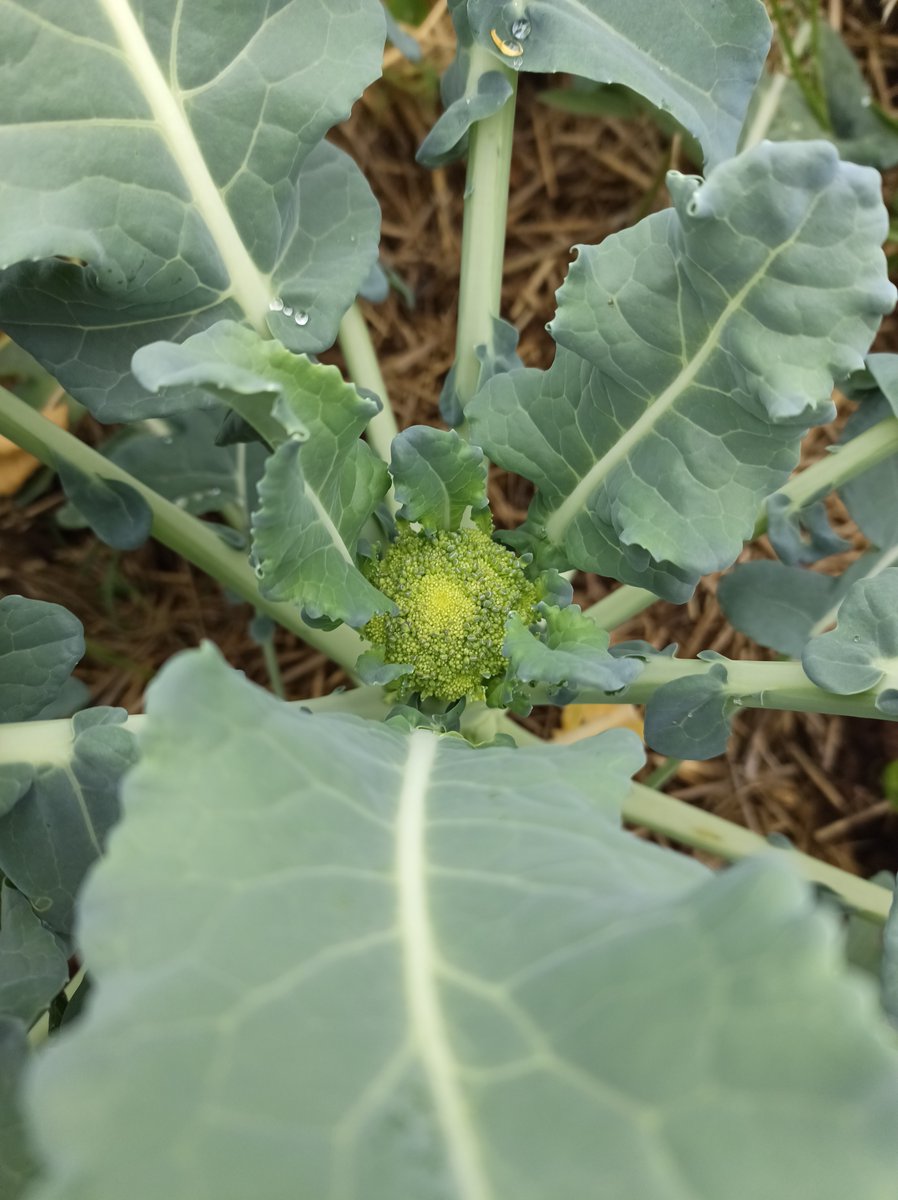
5. Time lag between pests and predators is natural - be patient.
Predator populations always respond after pest populations increase.This temporary imbalance allows some crop damage but leads to long-term control. Early intervention often prevents the natural correction from occurring.
Short-term patience creates long-term solutions.
Predator populations always respond after pest populations increase.This temporary imbalance allows some crop damage but leads to long-term control. Early intervention often prevents the natural correction from occurring.
Short-term patience creates long-term solutions.
6. Many "pest problems" are actually selective harvest opportunities.
Insects often target weak or unhealthy plants for removal. What looks like damage might be nature's pruning service. Some pest presence indicates a healthy ecosystem functioning normally.
Learn to distinguish between problems and processes.
Insects often target weak or unhealthy plants for removal. What looks like damage might be nature's pruning service. Some pest presence indicates a healthy ecosystem functioning normally.
Learn to distinguish between problems and processes.
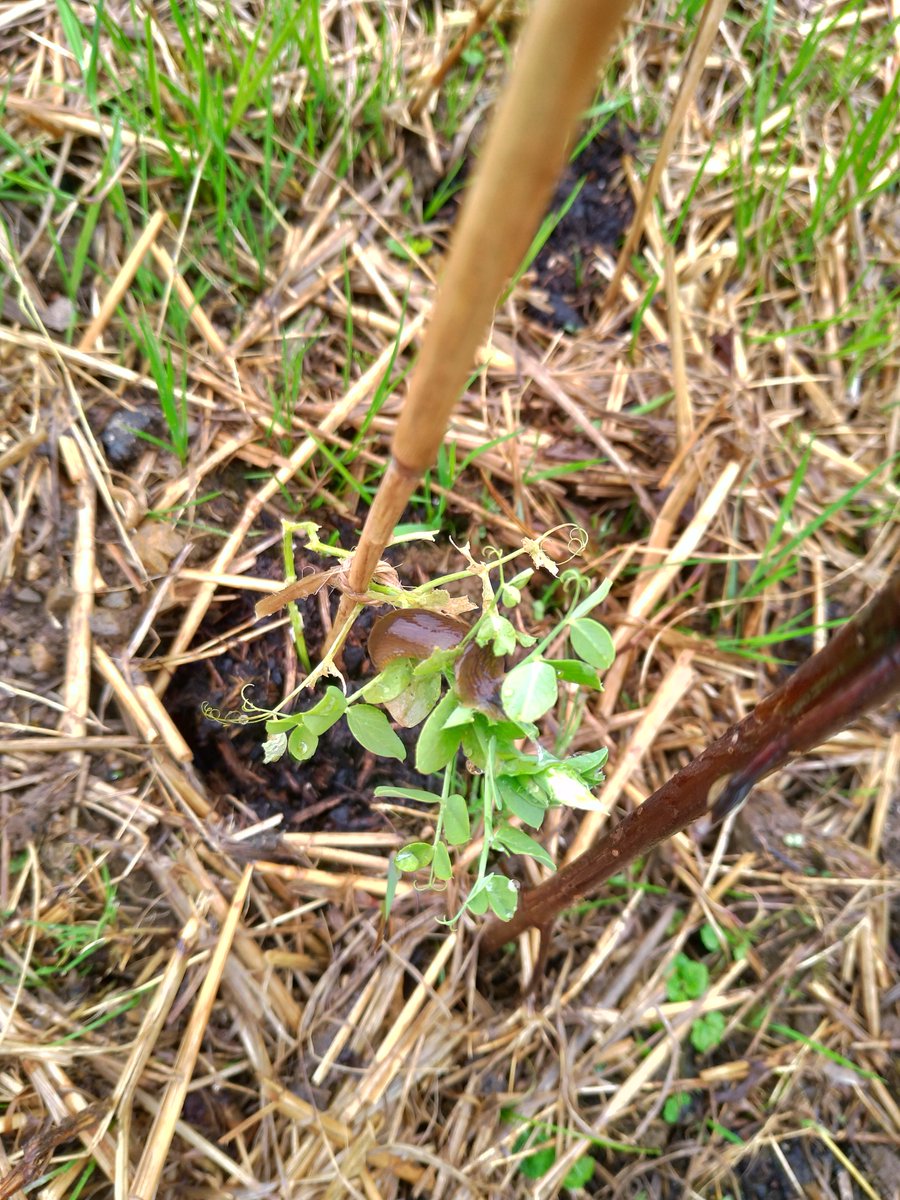
7. Physical barriers protect without disrupting ecosystems.
Row covers, copper strips, and mesh prevent pest access without toxins. These methods leave beneficial organisms unharmed and available. Barriers can be temporary while predator populations establish.
Block access instead of declaring chemical warfare.
Row covers, copper strips, and mesh prevent pest access without toxins. These methods leave beneficial organisms unharmed and available. Barriers can be temporary while predator populations establish.
Block access instead of declaring chemical warfare.
8. Companion planting creates natural pest deterrents.
Aromatic herbs confuse pest insects and mask crop scents. Flowers provide alternative food sources that redirect pest attention. Some plants produce natural pesticides that protect neighboring crops.
Let plants do the defending for each other.
Aromatic herbs confuse pest insects and mask crop scents. Flowers provide alternative food sources that redirect pest attention. Some plants produce natural pesticides that protect neighboring crops.
Let plants do the defending for each other.

Thanks for reading!
Retweet 🌀the first post to help others escape the pesticide trap
Ready to create a garden ecosystem that manages pests automatically? Check our guide:
Stop fighting nature - start recruiting it 🕸️thistle-thorn.kit.com/transformhomeg…
Retweet 🌀the first post to help others escape the pesticide trap
Ready to create a garden ecosystem that manages pests automatically? Check our guide:
Stop fighting nature - start recruiting it 🕸️thistle-thorn.kit.com/transformhomeg…
• • •
Missing some Tweet in this thread? You can try to
force a refresh







